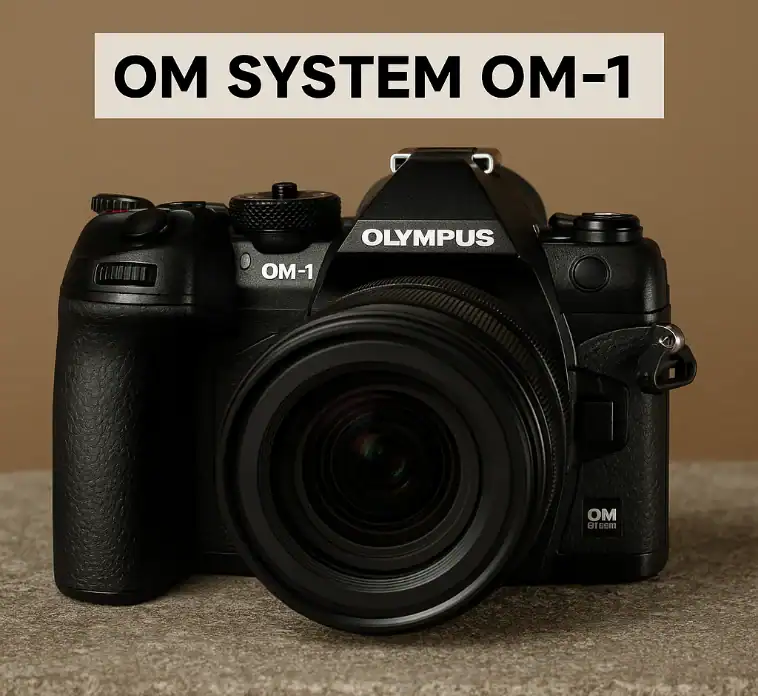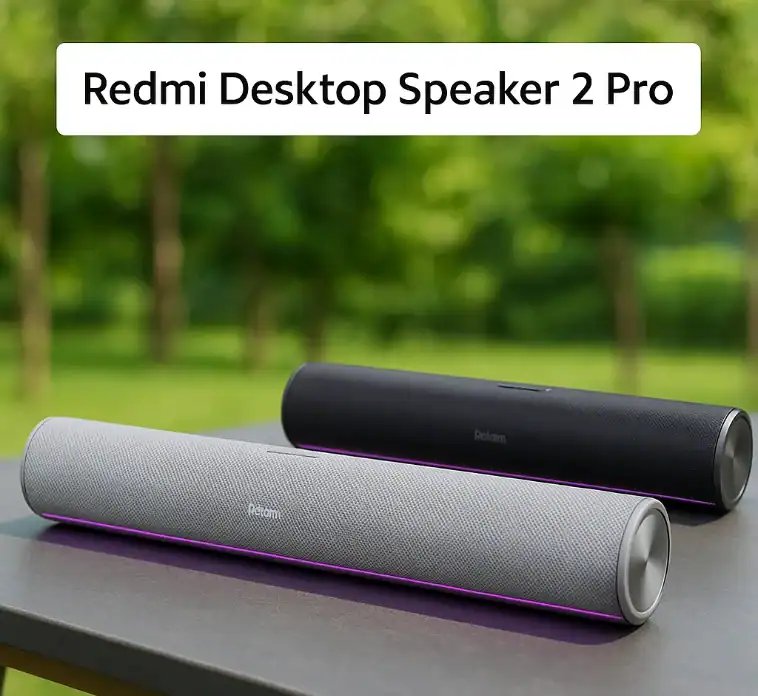The OM System OM-1 is a very important camera. This is OM Digital Solutions’ first flagship product. This company is now in charge of the Olympus camera brand. The OM-1 camera is a very useful tool. It’s made for professional photographers. It has a tough body and moves very quickly. It also has great computing features.
This review will go into great detail about the OM System OM-1. We’ll look at what it can do. Let’s find out who this camera is for. We will also look at how it stacks up against other important models. This guide has everything you need to know about the OM-1 Olympus.
Is this the OM-1 film camera from Olympus? A quick explanation
First, let’s get rid of some confusion. A lot of photographers still use and love the old Olympus OM-1 film camera. The Olympus OM-1N was a newer version of that classic. This is a new digital camera that doesn’t have a mirror. It has the same name and spirit as the film camera it is based on. But it is not an Olympus OM-1 film camera. The new OM-1 doesn’t use film; it uses a memory card.
How well it’s made and how comfortable it is: Built like a tank
The OM System OM-1 has a deep, easy-to-hold grip. The camera feels sturdy and professional. OM System is proud of how long it lasts. The OM-1 camera has an IP53 rating. You can easily get to everything. It feels good to click the dials. This camera is made for people who take pictures outside. It is dependable and ready for anything. Because it is so tough, a lot of people think the Olympus OM-1 is the perfect camera for travel and wildlife.
The Beast’s Heart: 20MP Stacked CMOS Sensor
The OM-1 Olympus has a new 20MP Stacked CMOS sensor inside. Some people might not believe the 20MP resolution. Is it enough for today? Most users would say yes without a doubt. The picture quality is great. The colors are deep and natural, just like Olympus cameras have always been.
The “stacked” design is what stands out. This technology makes it possible to read very quickly. This speed is what makes the camera work so well. It lets you take pictures in bursts faster and with better autofocus. The sensor also has a design with four pixels. This makes the autofocus system work better. Each pixel helps with focusing.
Autofocus that stays locked on
The OM System OM-1’s autofocus is a huge step forward. It works quickly, is smart, and is very dependable.
Important AF Features:
- 1053 Cross-Type AF Points: The sensor has a lot of focus points on it. This means you can focus on something almost anywhere in the frame.
- AI Subject Detection: This is a big deal. The OM-1 camera can automatically find and follow subjects.
It has settings for:
- Birds
- Felines and Canines
- Cars and bikes
- Trains
- Great Tracking: Once the camera locks on to something, it stays locked on. This is great for taking pictures of animals and sports. The way it tracks birds’ eyes is cool. It finds the bird’s eye and keeps it in sharp focus.
The Olympus OM-1 camera is now one of the best options for action photographers thanks to this new AF system.
Fast as lightning: Don’t miss a thing
The OM System OM-1 is one of the quickest cameras you can buy.
- 50 fps with Continuous AF: You can shoot at an amazing 50 frames per second. The camera will keep focusing and changing the exposure between shots. You can always see your subject because there are no blackouts.
- 120 fps with Locked AF: If your subject isn’t moving toward or away from you, you can shoot even faster. You can catch things that the human eye can’t see at 120 frames per second.
These speeds are just right for getting the exact right moment. Picture a bird flying away. Or a batter hitting a ball. The OM-1 Olympus takes pictures of everything.
World-class image stabilization
Olympus and OM System are known for their in-body image stabilization (IBIS). The OM-1 keeps this tradition going. The body of the camera can stabilize up to 7 stops on its own. When you use it with a compatible Sync-IS lens, it goes up to an amazing 8 stops.
What does this mean? You can take pictures of smooth water or light trails without a tripod. It also makes video taken by hand look very stable. Your OM-1 camera has a gimbal built right in.
Computational Photography: Your Superpower for Creativity
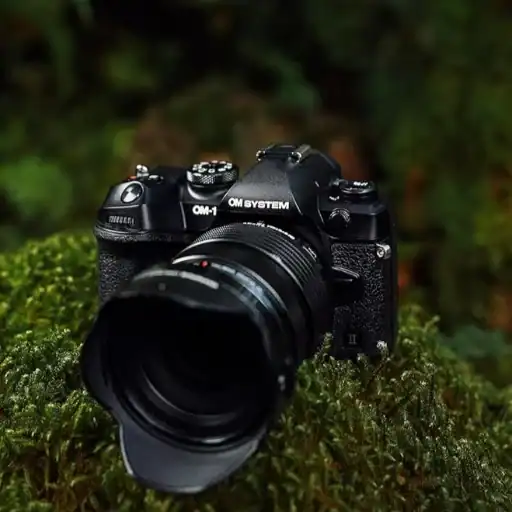
The OM System OM-1 is a powerful computer. These features use the camera’s processor to make pictures that would be hard or impossible to make otherwise.
- High Res Shot: Need more than 20MP for a high-res shot? The High Res Shot mode can help. The handheld mode makes a file that is 50MP. The tripod mode makes a huge file of 80MP. It works by moving the sensor and putting together several shots.
- Live ND: This function is like a built-in neutral density (ND) filter. You can make long-exposure effects even when it’s bright outside. You can see what happens in the viewfinder. You don’t need to bring extra glass filters.
- Live Composite: This is great for painting with light or making star trails. The camera only adds light to brighter areas of the picture. This keeps the background from being overexposed. It’s a simple and magical thing.
Video Performance: A Strong Competitor
The OM System OM-1 is also a great camera for taking videos. It has features that many videographers will like, especially when compared to the best 4K cameras for winter 2024.
Video Specs:
- 4K up to 60p: Record 4K video that is smooth and high-resolution. It can record in both UHD and DCI (cinema) formats.
- 10-bit Color: You can record in color with 10 bits.
- OM-Log400: This flat picture profile keeps the most dynamic range. It’s the best choice for color grading in a professional setting.
The Big Question: OM-1 or OM-1 Mark II?
The OM-1 Mark II is a step forward, not a step back. The Mark II has some important differences:
- Better Buffer: The OM-1 Mark II can shoot for longer before the buffer runs out.
- Live GND: A new feature that lets you change the strength of a graduated ND filter effect.
- Better AI Autofocus: The subject detection is even better now that there is a “Human” mode.
Is the OM System OM-1 still a good deal? Yes, of course. It has the same core body, processor, and sensor as the OM System OM-1 Mark II. The original OM-1 is a better deal for many people because it offers 95% of the performance for a lower price. It is still one of the best cameras for wildlife and adventure for the money.
Who should use the OM System OM-1?
Not everyone can use this OM-1 camera.
- Wildlife Photographers: For a combination of speed, AF, and telephoto lens reach at this price, it is unmatched.
- Adventure and travel photographers will love the weatherproofing and small lens system. You can carry a full kit that is weatherproof and much lighter than full-frame competitors.
- Macro photographers will love the Olympus OM-1 camera right away because it has great IBIS and in-camera focus stacking.
- Sports Photographers: You can be sure to get the best shots of the action with the amazing burst rates and reliable tracking.
The OM System OM-1: Pros and Cons
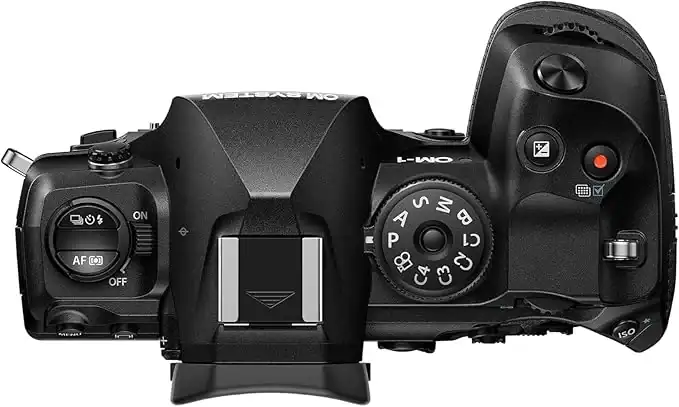
Pros
- Incredible speeds for burst shooting
- AI subject detection that is the best in its class
- Incredible image stabilization
- Great weather sealing with an IP53 rating
- Useful computational features
- A lens system that is small and light
Cons
- Some people may think that 20MP is too low
- The menu system can be hard to understand at first
- Larger sensors do better at high ISO levels
- The price is similar to that of some full-frame cameras
Frequently Asked Questions (FAQ)
How do the Olympus OM-1 and the OM System OM-1 differ?
Will my old Olympus M.Zuiko lenses work with the OM System OM-1?
Is 20 megapixels enough for big prints?
Is the OM-1 a good camera for taking pictures of people?
The Micro Four Thirds System Advantage
The OM System OM-1 has a Micro Four Thirds (MFT) sensor. The MFT system has some very unique and useful benefits.
- Size and Weight: MFT sensors are smaller than APS-C or full-frame sensors. This makes the OM-1 camera body small. You can fit a whole Olympus OM-1 camera kit with a few pro lenses in a small bag. This is a great thing for people who hike and travel.
- Lens Selection: The Micro Four Thirds mount has been around for a long time and has a lot of lenses that work with it. There are a lot of different lenses to choose from. You can get lenses from a lot of different companies, like OM System, Panasonic, Sigma, and others. This gives you a lot of freedom to create the perfect OM-1 camera system.
A Better Way to Watch
It’s important how you see the world. The OM System OM-1 is very good at this. It has a 3.0-inch, 1.62M-dot touchscreen on the back. It can move in any direction. This means you can take it out and turn it to almost any angle. This is great for taking pictures from above or below.
Power and Connectivity for the Business
Professional features are necessary for a professional camera. The Olympus OM-1 is great.
- Battery Life: The camera uses the new BLX-1 battery. It works much better than older Olympus batteries. The official CIPA number of shots is 520. But in real life, most photographers say they get a lot more. Many of them can shoot all day on one charge.
- USB-C Power and Charging: You can charge the camera’s battery with USB-C. Simply plug it into the USB-C port. You can also power the camera directly through USB-C. This is great for long time-lapses or studio sessions.
- Two UHS-II card slots: You can use the cards to back up your pictures, so they are safe. You can also make them overflow when one card is full. This is an important part of any serious workflow.
- Full-Size HDMI: Videographers will like the full-size HDMI port. It makes a strong and dependable link to external monitors and recorders.
The Full Story About Image Quality
The Olympus OM-1 has a 20MP sensor that takes great pictures. The colors look great as soon as you take the picture. The TruePic X processor does a great job of getting rid of noise.
The dynamic range is great at low ISOs. This is a characteristic of the smaller MFT sensor. But the noise has a nice, film-like grain to it. For many uses, images are very usable up to ISO 6400 and beyond.
This camera is great at taking pictures of moments. You are more likely to get a sharp, clean shot with its speed and stabilization. A 20MP clear photo is always better than a 50MP photo that is blurry.
Lenses that work well with your OM-1
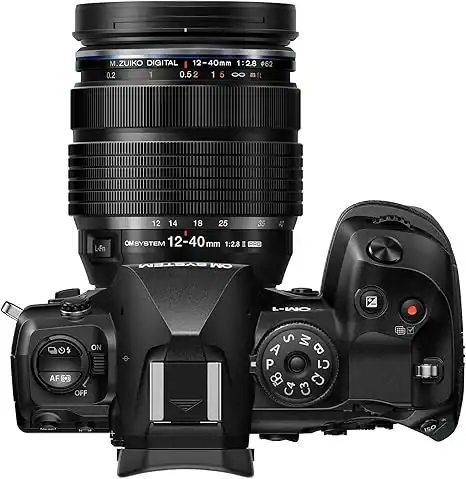
A good OM-1 camera body needs good lenses. The OM-1 works best with the M.Zuiko Pro line of lenses. They are also sealed against the weather to the same IP53 level.
- M.Zuiko 12-40mm F2.8 PRO II: The best standard zoom for all kinds of situations. It is sharp, fast, and built like a tank. It works well with a wide range of subjects, from wide to portrait.
- M.Zuiko 40-150mm F2.8 PRO: This telephoto zoom lens is a legend. For its reach and constant F2.8 aperture, it’s pretty small. It’s great for sports, events, and big animals.
- M.Zuiko 100-400mm F5.0-6.3 IS: For serious wildlife photographers. This lens has a huge reach, equivalent to an 800mm lens on a full-frame camera. It works perfectly with the OM-1’s bird detection AF.
- M.Zuiko 60mm F2.8 Macro: A great, sharp, and light lens for people who want to get into macro photography.
How does it stack up against the other options?
vs. APS-C (like the Canon R10 and Fujifilm X-T4)
The OM-1 usually wins because it is faster and has better weather sealing for professionals. People also say that its AI bird detection is the best in its class. APS-C cameras like the Canon R10 and Fujifilm X-T4 might have more megapixels. But the OM-1’s lens system is usually smaller.
vs. Full-Frame (like the Sony A7 IV or Canon R6)
Full-frame cameras like the Sony A7 IV and Canon R6 Mark II work better in low light and for getting a shallow depth of field. But they are a lot bigger and heavier. Their telephoto lenses cost a lot more and are a lot bigger. It’s hard to find a full-frame system that can match the speed and range of the OM-1 Olympus without spending a lot of money.
The OM System OM-1 carves out its own space. It doesn’t want to be a full-frame camera. It’s made to be the best tool for photographers who care most about speed, portability, and durability.
The Final Decision: Who Should Get the OM System OM-1?
The OM System OM-1 is a camera made for a specific reason. It helps photographers who go into the wild, need to take pictures of fast-moving things, and want a system they can trust.
You should get the OM System OM-1 if:
- You take pictures of animals and birds. At this price, nothing else comes close to the speed, AF, and lens reach.
- You take pictures of outdoor adventures or trips. The best-in-class weather sealing and the small size of the system are very useful.
- You are upgrading from an Olympus E-M1 Mark II or III. The jump in autofocus and processing speed is huge, so it’s worth the upgrade.
- You like new features like Live ND and Handheld High Res Shot.
The original OM System OM-1 is still a top-tier camera, even though the newer OM-1 Mark II has some improvements. It is still one of the most powerful and exciting cameras you can buy today. It proudly carries on the legacy of the classic Olympus OM-1 film camera and adds a lot of digital power. Similar to how the Polaroid Now Gen 3 modernizes instant photography, the OM System OM-1 brings classic camera heritage into the digital age.
Final Verdict: A Victory for Engineering
The OM System OM-1 is a great camera. It lives up to the Olympus OM-1 name with its strong construction and new features. This camera doesn’t try to do everything. Instead, it tries to be the best camera for taking pictures of wildlife, action, and nature.
It moves so fast it’s amazing. The autofocus is smart. The image stabilization is amazing. The OM-1 camera lets photographers take pictures they wouldn’t be able to get otherwise. The original OM-1 is still a useful and powerful tool, even though the OM-1 Mark II is now available. It has great performance and value. The OM System OM-1 should be at the top of your list if you like to explore and need things to be fast and reliable.

